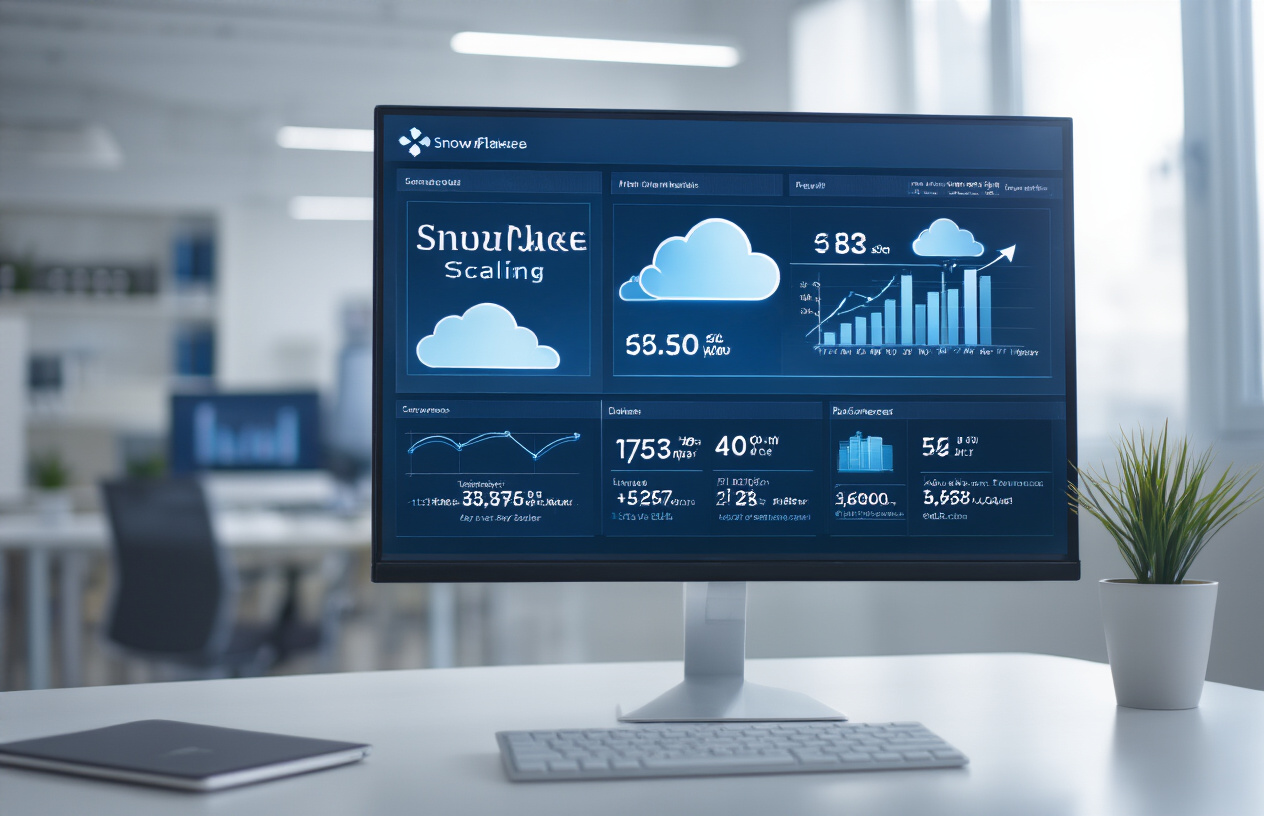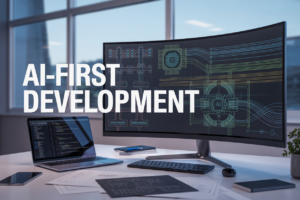Ever spent hours manually configuring user permissions in Snowflake, only to discover someone accidentally has access to sensitive financial data? You’re not alone.
Managing Role-Based Access Control in Snowflake feels like juggling flaming swords while riding a unicycle for many data teams – necessary, but terrifyingly complex.
The reality is that proper RBAC implementation isn’t just about security compliance; it’s about creating a data environment where the right people access exactly what they need without bureaucratic bottlenecks.
But here’s where most teams get it wrong: they treat RBAC as a one-time setup rather than an evolving system that needs continuous refinement. What if the secret to seamless Snowflake security isn’t more restrictions, but a smarter approach to how they’re structured?
Understanding RBAC Fundamentals in Snowflake
Core RBAC components and their significance
Snowflake’s RBAC revolves around three key elements: roles, users, and privileges. Think of roles as containers for permissions that you assign to users. This separation creates a flexible system where one user can have multiple roles, simplifying administration while tightening security across your data warehouse.
Benefits of implementing RBAC in your data warehouse
RBAC isn’t just another security checkbox. It’s your frontline defense against data breaches while ensuring compliance with regulations like GDPR and HIPAA. With properly configured roles, you’ll sleep better knowing your sensitive data is accessible only to those who truly need it – no more accidental exposures or privilege creep.
How Snowflake’s RBAC differs from other database systems
Snowflake takes RBAC up a notch with its unique role hierarchy system. Unlike traditional databases where permissions get messy fast, Snowflake lets you build elegant role inheritance structures. The system-defined roles (ACCOUNTADMIN, SECURITYADMIN, etc.) provide guardrails while custom roles give you the flexibility traditional systems lack.
Setting Up Your RBAC Framework
A. Creating and managing user accounts effectively
Setting up user accounts in Snowflake doesn’t have to be a headache. Create accounts based on job functions, not individuals. Trust me, when someone leaves your company, you’ll thank yourself for not naming roles after people. Use service accounts for automated processes and personal accounts for humans who actually sit at desks.
Granting and Revoking Privileges
Object-level vs. system-level privileges explained
Snowflake’s privilege system can be mind-boggling at first. Object-level privileges control what users can do with specific tables or views (SELECT, INSERT, etc.), while system-level privileges manage broader capabilities like creating warehouses or roles. Mixing these up is a common rookie mistake that can leave your data either locked down tight or dangerously exposed.
Using the principle of least privilege
Start users with zero access, then grant only what they absolutely need. Think of privileges like spare house keys – don’t hand them out unless necessary. This approach dramatically reduces security risks while keeping your Snowflake environment clean and auditable. Review access quarterly to catch privilege creep.
Privilege inheritance mechanisms in Snowflake
Snowflake’s inheritance works like a family tree – privileges flow downward. When you grant access to a parent role, child roles automatically receive those same permissions. This cascading effect saves tremendous time but requires careful planning. Map your inheritance paths visually to avoid unintended access patterns.
Managing privileges at scale
As your Snowflake environment grows, manually managing privileges becomes unsustainable. Leverage stored procedures and scripting to automate routine privilege assignments. Create standardized role templates for common job functions. Document everything meticulously – your future self will thank you during security audits.
Avoiding common privilege assignment mistakes
Don’t make these rookie errors: granting PUBLIC role excessive permissions, neglecting regular access reviews, using individual grants instead of roles, or creating permission conflicts through overlapping role assignments. Each mistake creates security gaps. Regular testing with different roles helps identify unintended access paths before they become problems.
Role Hierarchies and Advanced Configurations
Building effective role hierarchies
Role hierarchies in Snowflake aren’t just org charts—they’re power structures. Stack them like building blocks: system roles on the bottom, custom roles in the middle, and user-facing roles on top. This keeps privileges contained and prevents security nightmares when someone leaves your company.
Managing default roles for users
Ever noticed how users get confused when they log in? That’s because you didn’t set their default role properly. Pick a role with just enough privileges for daily tasks—not too much, not too little. The DEFAULT_ROLE parameter is your friend here.
Handling role conflicts and overlaps
Role conflicts happen. Two roles granting contradictory privileges? That’s trouble. Map your role structure visually before implementing. When conflicts arise, remember: restrictive wins over permissive. Don’t be afraid to rebuild your hierarchy if it’s becoming a tangled mess.
Monitoring and Auditing RBAC
Using Snowflake’s access history
Ever tried tracking who did what in your Snowflake account? The access history view is your secret weapon. It logs every query, showing exactly who accessed which objects and when. Just run a simple query against SNOWFLAKE.ACCOUNT_USAGE.ACCESS_HISTORY and boom – instant visibility into user activities across your entire environment.
Creating custom security monitoring dashboards
RBAC Integration with Enterprise Identity Providers
RBAC Integration with Enterprise Identity Providers
A. Configuring SSO with Snowflake RBAC
Connecting Snowflake’s RBAC with your existing identity system isn’t just smart—it’s essential. When you integrate SSO, you’re basically creating a seamless security experience. Users log in once and get exactly the right Snowflake permissions based on their enterprise identity. No more separate password juggling or manual role assignments.
B. Synchronizing with Active Directory/LDAP
Snowflake plays nicely with your AD/LDAP infrastructure, mapping existing groups directly to Snowflake roles. Think about it: your org structure already exists—why recreate it? The synchronization process ensures your database permissions mirror your organizational reality. Set it up once, then watch as user attributes automatically translate into appropriate Snowflake permissions.
C. Automating user provisioning and deprovisioning
Nobody wants ex-employees keeping access to sensitive data. With automated provisioning workflows, you can sleep easier. When HR offboards someone, their Snowflake access disappears too—instantly. This same automation makes onboarding smoother, with new hires getting precisely the right level of access from day one.
Troubleshooting Common RBAC Issues
A. Resolving access denied errors
Ever tried to query a table only to hit that dreaded “access denied” wall? First, check if you’re using the right role with SELECT CURRENT_ROLE(). Then verify privileges with SHOW GRANTS TO ROLE your_role_name. Sometimes the fix is as simple as switching roles or asking your admin for the right permissions.
B. Fixing role hierarchy problems
Role hierarchies in Snowflake can become tangled messes. When junior roles can’t inherit privileges properly, examine your hierarchy with SHOW ROLES and visualize it using Snowflake’s Account Usage views. Reorganize by granting roles to other roles in proper parent-child relationships—always following the principle of least privilege.
C. Addressing privilege escalation concerns
Privilege escalation happens when users gain more access than intended. Audit role memberships regularly with SHOW GRANTS OF ROLE and look for circular dependencies. Implement strict change control procedures for role assignments, and consider separating administrative functions from data access roles completely.
D. Managing orphaned accounts and roles
Orphaned roles—those with no assigned users or parent roles—create security blind spots. Identify them using Snowflake’s Account Usage schema with queries targeting roles not assigned to any users. Clean these up regularly through a formal deprovisioning process when employees leave or change positions.
Effective Role-Based Access Control is the cornerstone of a secure and well-governed Snowflake environment. By implementing a thoughtful RBAC framework, creating appropriate role hierarchies, and establishing consistent processes for granting and revoking privileges, organizations can balance security requirements with operational needs. Regular monitoring and auditing ensure ongoing compliance, while integration with enterprise identity providers streamlines user management.
As you continue your Snowflake security journey, remember that RBAC is not a set-it-and-forget-it solution. Regularly review your access control policies, address common issues promptly, and adapt your approach as your organization evolves. With the right RBAC strategy in place, you can confidently leverage Snowflake’s powerful capabilities while maintaining the integrity and security of your data assets.











